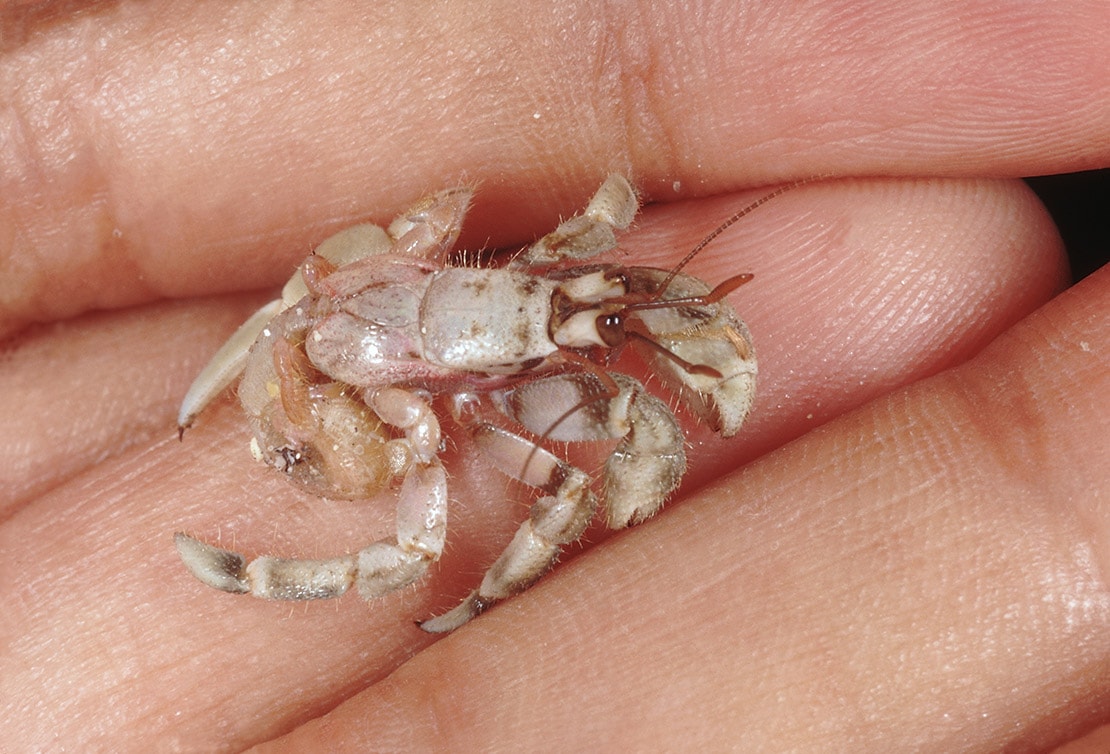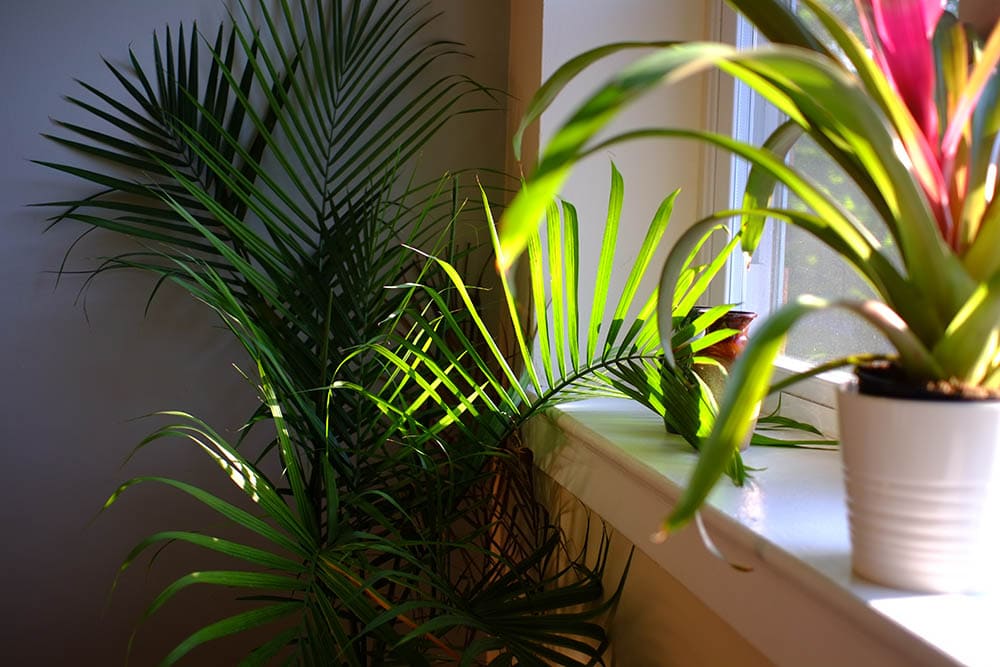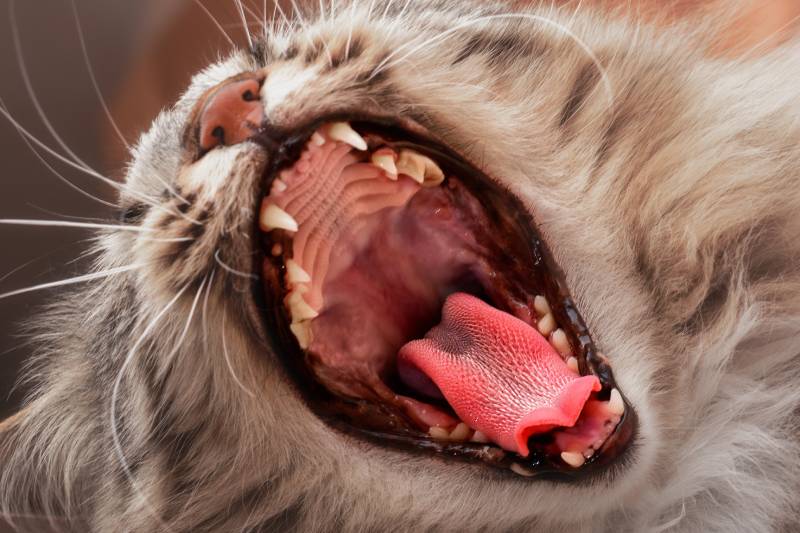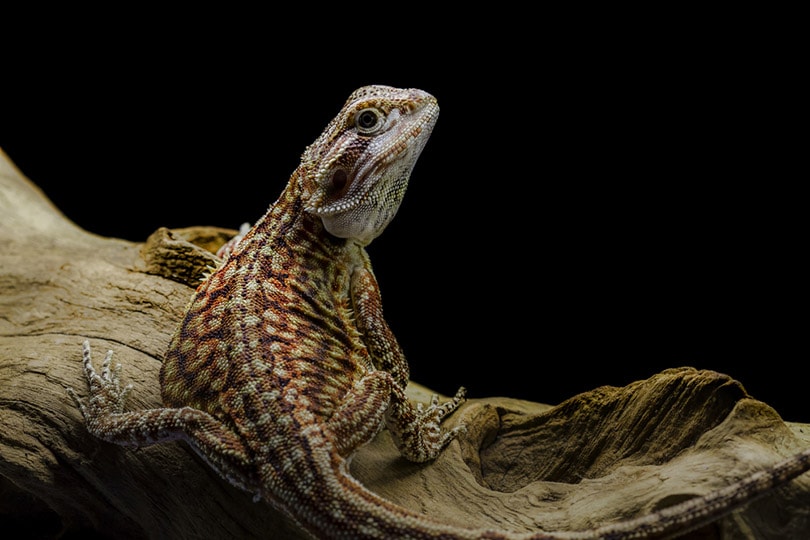Click to Skip Ahead
Hermit crabs are unusual pets but are moderately easy to care for and do not require much time commitment. They can live alone or with other hermit crabs, and they never make much noise. While hermit crabs can be found in the wild, many in captivity live happily as family pets in apartments and houses.
Have you ever wondered what it takes to raise a happy and healthy hermit crab? If so, you’ve come to the right place! We have put together the ultimate care guide that will tell you everything that you need to know about being a great hermit crab guardian.

Hermit Crab Facts
More than 800 species of hermit crabs live in the wild worldwide today, though only about a dozen species are popular as pets. These crustaceans live and explore on land, but they require access to water to submerge themselves regularly to survive and thrive throughout their lives.
Hermit crabs are not real crabs but are more like snails. They have soft bodies requiring protection from the elements. Hermit crabs rely on their shells to protect them and must find new ones to live in as their bodies grow. In the wild, hermit crabs can seek new shells to live in on their own; they typically choose the shells of mollusks.
In captivity, hermit crabs rely on humans to provide them with progressively bigger shells until they reach adulthood and no longer them. By the time they are adults, hermit crabs typically are 2–6 inches long. While they can live for more than 30 years in the wild, they usually only live for 1–2 years in captivity.
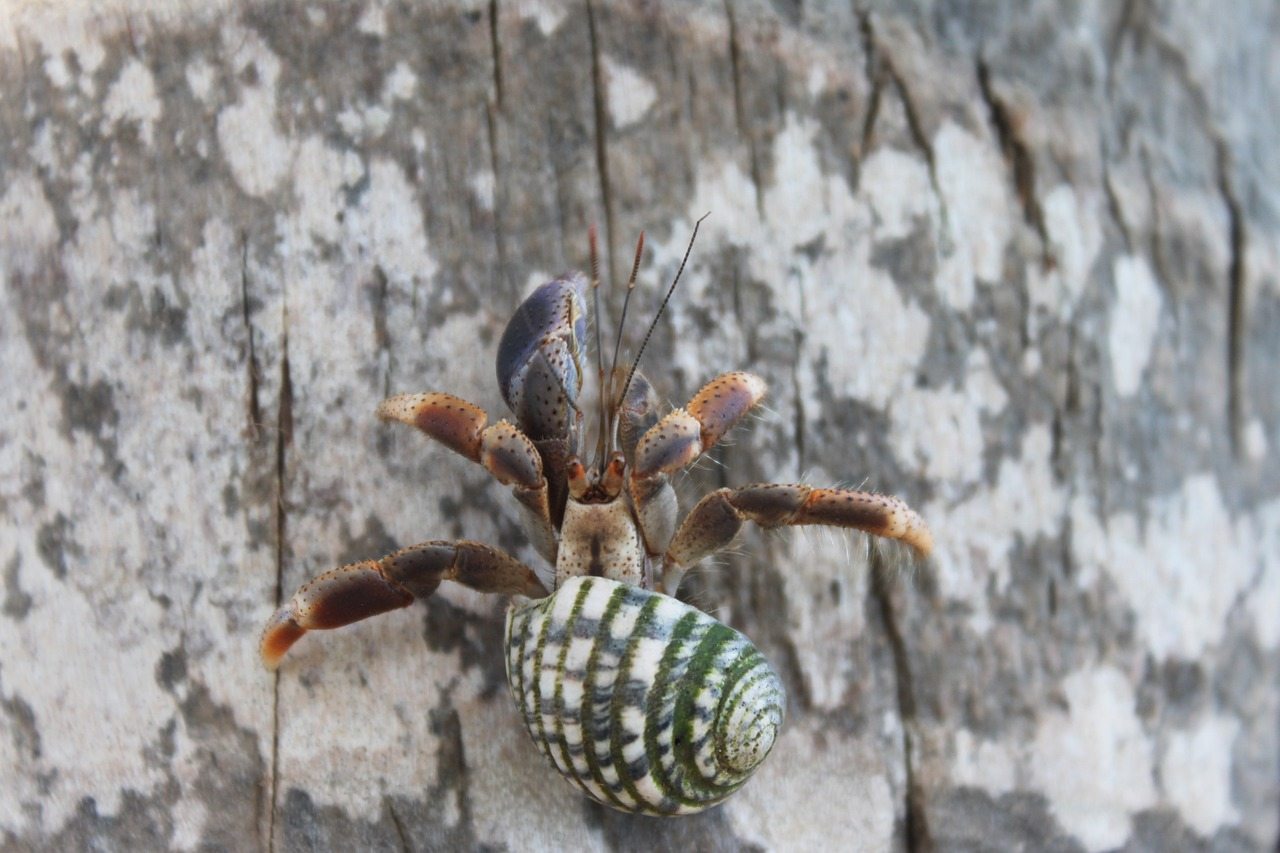
Are Hermit Crabs Good Pets?
While unconventional, hermit crabs can make good pets, especially for children and those who do not have much time to care for a pet. They are not pets to handle and hold, but they are interesting to watch while they explore their habitat.
Hermit crabs are nocturnal, which means that they are mostly active at night when it is dark. They also like to sleep during the day when the sun is out. Therefore, most owners do not always see them move around throughout the day.
Still, you may see them eating to playing during the day if you keep an eye on them, especially during the early morning and late evening hours. Although their name suggests otherwise, hermit crabs are social creatures, and several of them can live together in the same habitat, which makes observing them even more fun.
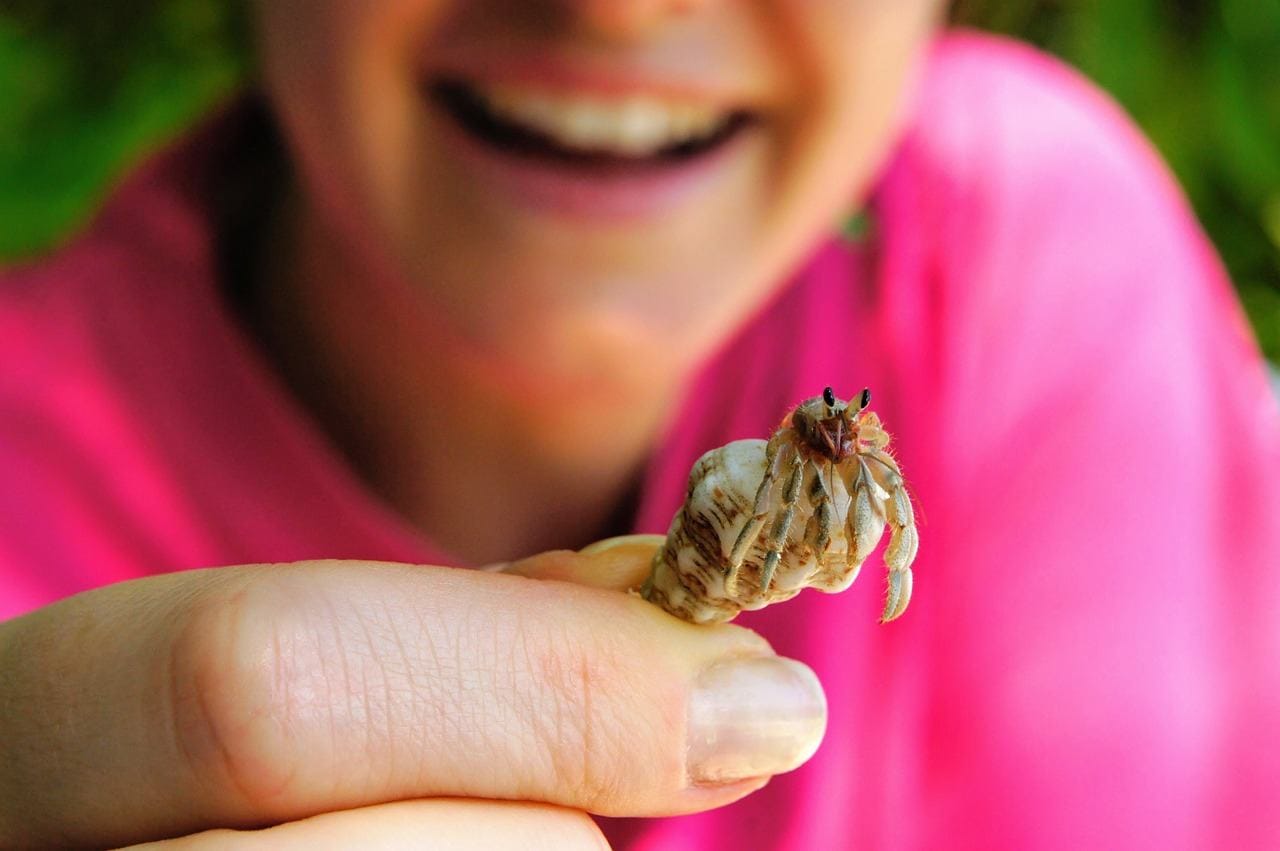
Where Can I Get a Pet Hermit Crab?
Pet hermit crabs can be sourced from several places. Many pet stores sell them, but you can also buy them from breeders. Although you may see them when you visit the beach, most towns don’t allow you to capture them and make them pets.

How Much Does It Cost to Own a Pet Hermit Crab?
Compared to dogs and cats, hermit crabs are affordable pets. They require a small investment, but the habitat may cost more than the crab. However, they do not usually need to see a vet very often, and their food costs are minimal. Here is a breakdown of how much you can expect a pet hermit crab to cost you as time goes on.
The Habitat
- $50–$300 Initially
In addition to an aquarium, your hermit crab’s habitat must be furnished with sand or soil, accessories, and a water reservoir.
The Food
- $5–$25 a month
Commercial food is available for hermit crabs, and you can also provide small portions of fruits and vegetables.
The Vet
- $0–$500
Hermit crabs do not usually need to see a veterinarian, and they do not need vaccinations or checkups like other types of pets. However, if an emergency arises, a call or visit to the vet may be necessary, and the cost could vary greatly depending on the treatment and care protocols required.
The total amount it costs to keep a pet hermit crab depends on the type of food you decide to feed it, the accessories you buy, and how much you want to spend on equipment for the habitat. Owning a hermit crab can be as affordable as just a few hundred bucks for a lifetime or as much as thousands of dollars. It all comes down to your budget and preferences.
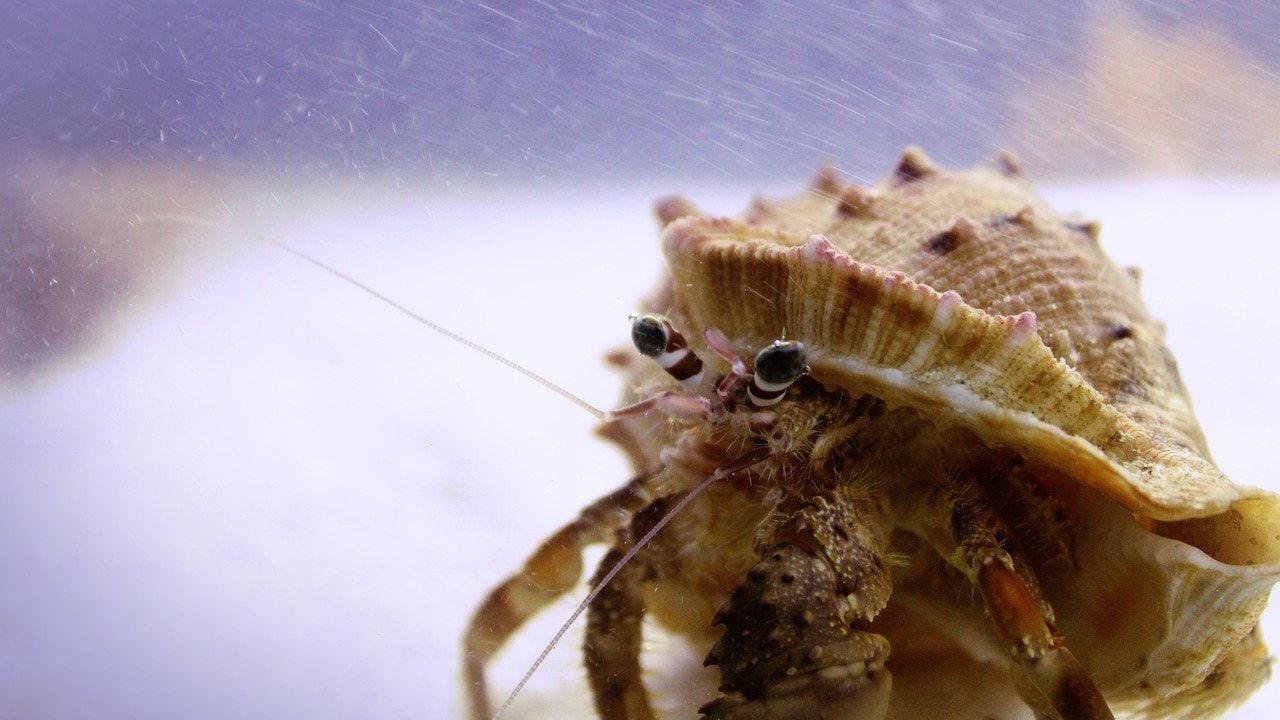
What Kind of Home Does My Pet Hermit Crab Need?
Hermit crabs live on land but need access to fresh water to keep their bodies moist and hydrated. Therefore, they require a different setup than fish or hamsters. An aquarium is the best habitat for hermit crabs for a couple of reasons. Hermit crabs are tropical creatures that require a humid, warm environment.
A glass aquarium with a tight-fitting lid is a great way to ensure that your hermit crab’s habitat stays warm and humid. It will also ensure your pet does not escape. Once you have chosen an aquarium and lid for your hermit crab, set up the habitat using the following guidelines.
Substrate
The bottom of your hermit crab’s habitat should be covered with a couple of inches of substrate, such as sand, soil, fine mulch, or coconut fiber. This absorbs excess moisture, urine, and feces, making the habitat more comfortable for your pet and easier to clean.
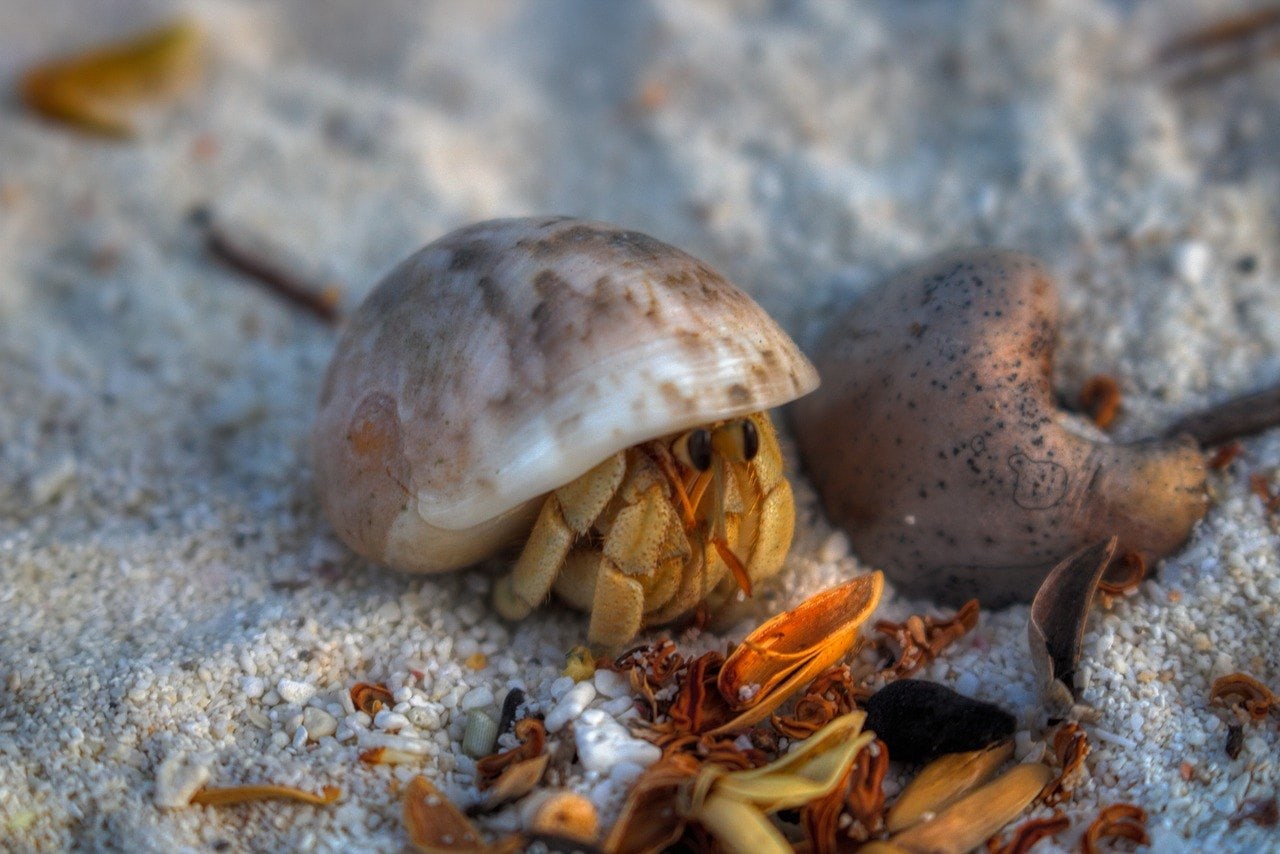
Heat, Humidity, and Light
Lighting and heat are crucial for your hermit crab’s habitat. The temperature should be between 75 and 85 degrees Fahrenheit during the day and between 65 and 75 degrees at night. Use an overhead heat lamp to warm the habitat rather than a ground one so your pet does not get overheated while lounging on the substrate. You can turn the heat lamp on and off as necessary to maintain proper temperatures.
Install a thermometer on the inside of the habitat to gain an accurate perspective of interior temperatures at any time of the day or night. Because hermit crabs like it humid, you should mist the inside of their habitat with non-chlorinated water several times a day to keep everything moist. If necessary, use a hygrometer to ensure that humidity levels stay between 70% and 80%.
An LED light should be attached to the top of the habitat and shine into the space for about 12 hours a day. This will maintain tropical-like environmental conditions in which sunlight is available for roughly the same amount of time each day, no matter what time of the year it is.

Accessories
Hermit crabs like several places to explore around and hide in. Their habitat should be decorated with faux and live tropical plants, rocks, artificial caves, and hollow branches. Because hermit crabs must get rid of their shells and find new ones to protect themselves as they get bigger, their habitat should feature two to three unbroken seashells.
Water
Your pet hermit crab requires access to a reservoir of non-chlorinated water for hydration. Half a coconut shell or a small bowl of fresh, clean water will do the trick. Make sure the water is changed daily to filter it and keep it clean as time passes.

What Should I Feed My Pet Hermit Crab?
Feeding your pet hermit crab should be an easy and even enjoyable task. Many commercial hermit crab foods are available that should serve as your pet’s primary source of nutrition. Just follow the feeding directions on the package.
In addition to commercial food, you can offer your hermit crab veggies such as spinach and shredded carrots a few times a week for extra nutrition. Fruits like papaya and mango make excellent snacks. Nuts and dried seaweed can also be served on occasion. Hermit crabs appreciate variety, so don’t be afraid to experiment with meal and snack options!
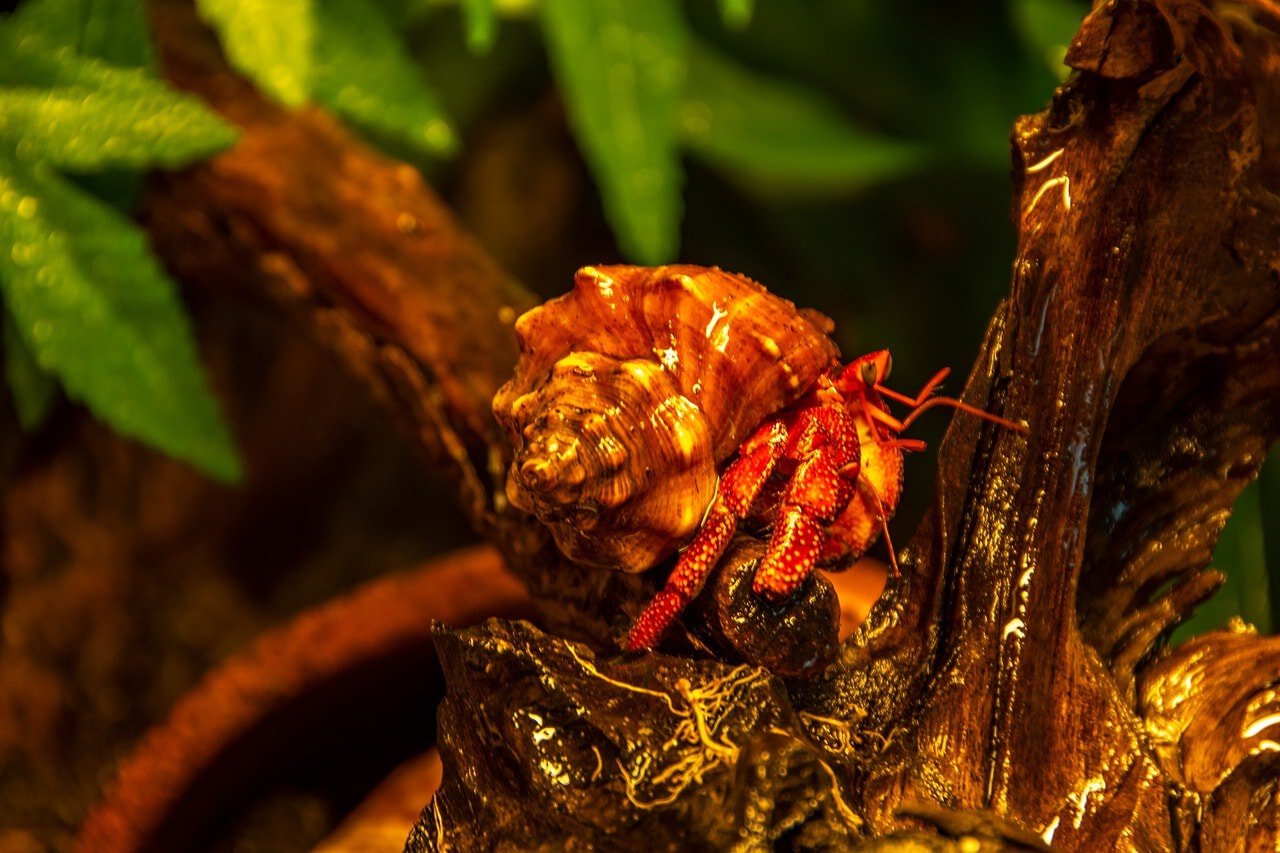
How Do I Take Care of My Pet Hermit Crab?
We have covered plenty of ground regarding properly caring for a pet hermit crab, but there is still more to explore. Here are a few specifics that should not be overlooked.
Feeding
Hermit crabs should be fed their meals right before dusk so they can feast throughout the night when they are most active. Snacks can be offered during the day when you want to coax your pet out for a visit.
Handling
Handling a pet hermit crab is unnecessary; they will get to know you through their habitat and say “Hi” when they feel like it. However, you can pick up a hermit crab to move them to a holding tank while the habitat is being cleaned or check them for injuries if there is reason to believe they have been hurt. Be careful to pick them up from the back of their bodies to minimize the risk of being pinched.
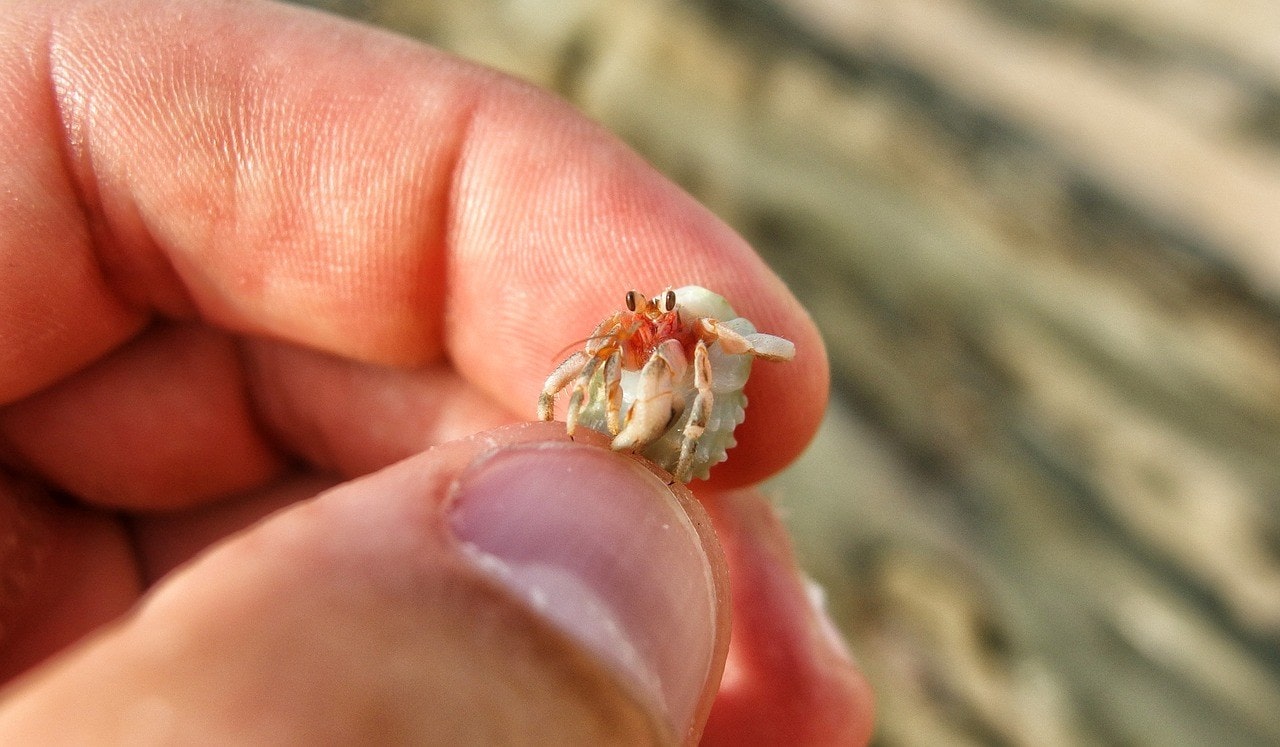
Shedding
Hermit crabs shed their exoskeleton a couple of times each year, and they will seem lethargic and uninterested in food for 24 to 48 hours. The shedding process keeps hermit crabs healthy. Once the shedding process is complete, an exoskeleton, which may look like a layer of skin, will likely be eaten by the hermit crab since it’s full of nutrients to aid their recovery.
Cleaning
There is no need to worry about cleaning your pet hermit crab, but you need to make habitat cleaning a priority as time goes on. Your pet’s tank should be cleaned at least once every 2 weeks to ensure their good health and high quality of life. Remove the crab, and place it in a temporary shelter with substrate and snacks.
Remove the substrate and everything else from your pet’s habitat, and then clean the tank out with a non-toxic cleaner, water, and a clean cloth. While the habitat dries, rinse the plants and other accessories and let them dry. After everything dries, place the new substrate in the habitat and put the accessories back in as you see fit.
Let the heat lamp run before putting your hermit crab back into their environment. Finally, put the lid on and secure it as necessary. Your crab is good to go for several days!

Final Thoughts
Keeping a hermit crab as a pet is rewarding and doesn’t require a substantial financial commitment. Still, hermit crabs require attention and like routines, so it is a good idea to get into the habit of feeding your pet at the same time every day and doing other activities around the same time of the day, week, or month. We wish you and your new pet hermit crab the best of luck in your endeavor to live harmoniously together as companions!
Related read:
Featured Image Credit: RealityImages, Shutterstock
